Why Social Proof Is Key for Marketing Gym Equipment
Why Social Proof Is Key for Marketing Gym Equipment
In the competitive landscape of fitness equipment marketing, establishing trust and credibility is paramount. Social proof, encompassing customer reviews, testimonials, and user-generated content, plays a crucial role in influencing purchasing decisions. This comprehensive guide explores why social proof is essential for marketing gym equipment and how you can effectively leverage it to boost your sales and brand reputation.
Table of Contents
- Introduction
- Understanding Social Proof
- Importance of Social Proof
- Leveraging Social Proof in Marketing
- Strategies to Boost Social Proof
- Encouraging Customer Reviews
- Showcasing Testimonials
- Leveraging Social Media
- Incentivizing User Content
- Measuring Social Proof Effectiveness
- Common Mistakes to Avoid
- Future of Social Proof in Fitness Marketing
- Conclusion
- Frequently Asked Questions (FAQ)
- 25 Relevant Keywords
2. Understanding Social Proof
Social proof is a psychological and social phenomenon where people look to others to determine their own actions, especially in uncertain situations. In marketing, social proof serves as a powerful tool to influence consumer behavior and drive sales.
2.1 Types of Social Proof
There are several types of social proof that businesses can leverage to enhance their marketing efforts:
- Expert Social Proof: Endorsements from industry experts or influencers who have authority in the fitness space.
- Celebrity Social Proof: Testimonials or endorsements from celebrities or well-known personalities.
- User Social Proof: Reviews and testimonials from everyday customers who have used the gym equipment.
- Wisdom of the Crowd: Statistics and data showing the popularity or high sales of your fitness equipment.
- Friend Social Proof: Recommendations from friends or family members, often seen in user-generated content and referrals.
2.2 Psychology Behind Social Proof
The effectiveness of social proof stems from various psychological principles:
- Conformity: People tend to follow the actions of others, especially in unfamiliar situations.
- Authority: Endorsements from credible sources can significantly influence decisions.
- Reciprocity: When someone gives something, there is a natural tendency to give something back, fostering trust and loyalty.
- Social Validation: Seeing others approve of a product provides validation, reducing the perceived risk of purchase.
- Fear of Missing Out (FOMO): Highlighting popularity can create a sense of urgency to join in and not miss out.
3. Importance of Social Proof
Social proof plays a pivotal role in the marketing of gym equipment by influencing consumer trust, enhancing brand credibility, and driving sales. Here’s why it’s essential:
3.1 Building Trust
Trust is fundamental in any sales process. Social proof, through authentic reviews and testimonials, helps build and reinforce trust between your brand and potential customers.
- Authenticity: Genuine customer feedback provides honest insights into the quality and performance of your gym equipment.
- Reliability: Consistent positive reviews signal that your products are reliable and meet customer expectations.
- Example: Displaying a 5-star rating system prominently on your website can instantly boost customer confidence.
3.2 Influencing Purchasing Decisions
Social proof significantly impacts consumer decision-making processes, often serving as the final push needed to convert a prospect into a customer.
- Reducing Uncertainty: Reviews and testimonials provide reassurance about the product’s effectiveness and value.
- Highlighting Benefits: Customer stories often highlight specific benefits and use-cases, making it easier for potential buyers to envision the product in their lives.
- Example: A testimonial detailing how a treadmill helped a customer achieve their fitness goals can inspire others to make a purchase.
3.3 Enhancing Brand Reputation
A strong collection of positive social proof enhances your brand’s reputation, positioning it as a leader in the fitness equipment market.
- Credibility: High ratings and positive feedback establish your brand as credible and trustworthy.
- Competitive Advantage: Brands with robust social proof stand out against competitors with fewer or less favorable reviews.
- Example: Featuring endorsements from fitness professionals can elevate your brand’s status and attract a dedicated customer base.
4. Leveraging Social Proof in Marketing
Effectively incorporating social proof into your marketing strategy can amplify its benefits and drive significant sales growth for your gym equipment business. Here are key methods to leverage social proof:
4.1 Customer Reviews and Testimonials
Customer reviews and testimonials are among the most powerful forms of social proof. They offer firsthand accounts of your products' performance and customer satisfaction.
- Collecting Reviews: Encourage customers to leave reviews through follow-up emails, incentives, or easy-to-use review platforms.
- Displaying Testimonials: Feature testimonials prominently on your website, product pages, and marketing materials.
- Example: "John Doe: 'The adjustable dumbbells from FitPro transformed my home workouts. Highly recommend!'"
4.2 User-Generated Content
User-generated content (UGC) includes photos, videos, and social media posts created by your customers. UGC serves as authentic social proof and engages your community.
- Encouraging UGC: Run campaigns that encourage customers to share their experiences with your gym equipment using specific hashtags.
- Showcasing UGC: Highlight UGC on your website and social media channels to build community and trust.
- Example: "Create a hashtag campaign like #FitWithFitPro where customers share their workout setups featuring your equipment."
4.3 Influencer Marketing
Partnering with fitness influencers can extend your reach and provide credible endorsements that resonate with their followers.
- Selecting Influencers: Choose influencers whose audience aligns with your target market and who authentically use your products.
- Collaborative Content: Work with influencers to create content that showcases your gym equipment in use, such as workout routines or product reviews.
- Example: "Collaborate with a popular fitness YouTuber to feature your resistance bands in their strength training video."
4.4 Case Studies
Examining real-world examples can provide valuable insights into how social proof effectively drives sales in the fitness equipment market. Here are two case studies:
4.4.1 Case Study 1: Building Trust with Customer Testimonials
Business: FitGear Pro
Objective: Increase sales of home gym kits by leveraging customer testimonials.
Strategy: FitGear Pro collected testimonials from satisfied customers and showcased them on their product pages and social media channels. They also created video testimonials that demonstrated the effectiveness of their equipment.
- Implementation: Integrated a testimonials section on the homepage and individual product pages.
- Results: Saw a 35% increase in conversion rates and a significant boost in customer trust, leading to higher sales volumes.
Key Takeaway: Displaying genuine customer testimonials can significantly enhance trust and drive sales.
4.4.2 Case Study 2: Leveraging User-Generated Content for Engagement
Business: HomeFitness Hub
Objective: Boost brand engagement and sales through user-generated content.
Strategy: HomeFitness Hub launched a social media campaign encouraging customers to share their home gym setups using their equipment. They featured the best submissions on their official channels, fostering a sense of community.
- Implementation: Created a branded hashtag and incentivized participation with giveaways.
- Results: Increased social media engagement by 50%, expanded their online community, and saw a 25% rise in sales attributed to the campaign.
Key Takeaway: Encouraging and showcasing user-generated content can enhance community engagement and drive sales.
5. Strategies to Boost Social Proof
Implementing effective strategies to gather and display social proof can significantly enhance your marketing efforts and drive gym equipment sales. Here are key strategies to consider:
5.1 Encouraging Customer Reviews
Actively seeking reviews from satisfied customers is fundamental to building social proof. Reviews provide valuable insights and influence potential buyers' decisions.
- Post-Purchase Follow-Ups: Send follow-up emails or messages requesting reviews after a customer has received their gym equipment.
- Incentivize Reviews: Offer incentives such as discounts on future purchases or entry into a giveaway to encourage customers to leave reviews.
- Make It Easy: Provide direct links to your review platforms and clear instructions on how to leave a review.
- Example: "Thank you for purchasing our adjustable dumbbells! We’d love to hear your feedback. Please leave us a review on Google or Yelp and receive 10% off your next purchase."
5.2 Showcasing Testimonials
Displaying testimonials prominently on your website and marketing materials can enhance credibility and attract more customers.
- Dedicated Testimonials Page: Create a page on your website specifically for customer testimonials and success stories.
- Highlight in Product Pages: Feature relevant testimonials on individual product pages to provide context and trust.
- Use Visuals: Incorporate photos or videos of customers alongside their testimonials to add authenticity.
- Example: "Include a section on your homepage with rotating customer testimonials and their photos using your fitness equipment."
5.3 Leveraging Social Media
Social media platforms are ideal for showcasing social proof and engaging with your community. Here’s how to make the most of them:
- Share Customer Stories: Regularly post stories and testimonials from customers who have benefited from your gym equipment.
- Host Contests: Run contests that encourage customers to share their workout setups or progress using your equipment.
- Engage with Followers: Respond to comments, share user-generated content, and foster a sense of community.
- Example: "Launch a #FitWith[YourBrand] challenge where customers post their home gym setups for a chance to win free equipment."
5.4 Incentivizing User Content
Encouraging customers to create and share content featuring your gym equipment can amplify social proof and reach a wider audience.
- Run Campaigns: Create campaigns that motivate customers to share their experiences, such as before-and-after transformations.
- Offer Rewards: Provide incentives like discounts, freebies, or feature opportunities for the best user-generated content.
- Example: "Offer a monthly giveaway for the best workout video using your resistance bands, encouraging customers to share their routines on social media."
6. Measuring Social Proof Effectiveness
To ensure your social proof strategies are yielding results, it's essential to measure their effectiveness using specific metrics and tools.
6.1 Key Metrics
Tracking the right metrics helps you understand the impact of social proof on your marketing efforts and identify areas for improvement.
- Review Volume: The number of reviews and testimonials you receive over a specific period.
- Average Rating: The average score of your reviews, indicating overall customer satisfaction.
- Engagement Rates: Likes, shares, and comments on testimonial and user-generated content posts.
- Conversion Rate: The percentage of visitors who make a purchase after interacting with social proof elements.
- Referral Traffic: Traffic driven to your website from social proof sources like social media or review platforms.
- Example: "Monitor the increase in sales following the launch of a testimonial campaign to gauge its effectiveness."
6.2 Tools and Technologies
Utilize various tools and technologies to effectively measure and analyze the impact of social proof on your marketing efforts.
- Google Analytics: Track website traffic, user behavior, and conversion rates linked to social proof elements.
- Social Media Analytics: Use platform-specific analytics to measure engagement and reach of social proof content.
- Review Management Tools: Tools like Trustpilot, Yotpo, or Google My Business help collect, manage, and analyze customer reviews.
- Example: "Use Google Analytics to track the conversion rate of users who visited the testimonials page compared to those who did not."
7. Common Mistakes to Avoid
While leveraging social proof can be highly effective, there are common mistakes that businesses should avoid to maintain credibility and maximize the benefits.
7.1 Fake Reviews
Authenticity is crucial. Fake reviews can damage your brand’s reputation and erode customer trust.
- Avoid Buying Reviews: Do not purchase reviews as they can be easily detected and penalized by platforms.
- Encourage Genuine Feedback: Focus on soliciting honest and authentic reviews from real customers.
- Example: "Instead of incentivizing positive reviews, encourage all feedback and respond authentically to build trust."
7.2 Ignoring Negative Feedback
Negative reviews are inevitable, but how you handle them can significantly impact your brand’s reputation.
- Respond Promptly: Address negative feedback quickly to show that you value customer satisfaction.
- Be Professional: Maintain a calm and professional tone when responding to negative reviews.
- Example: "Respond to a negative review by apologizing and offering a solution, such as a replacement or refund."
7.3 Overlooking Mobile Users
With a significant portion of users accessing content via mobile devices, ensuring that your social proof elements are mobile-friendly is essential.
- Responsive Design: Ensure that testimonials, reviews, and user-generated content display correctly on mobile screens.
- Fast Load Times: Optimize images and content to load quickly on mobile devices.
- Example: "Ensure that your mobile website displays customer testimonials in a readable format without requiring excessive scrolling."
8. Future of Social Proof in Fitness Marketing
The landscape of social proof in marketing is continually evolving, especially in the fitness industry. Staying ahead of emerging trends and leveraging new technologies can give your gym equipment business a competitive edge.
8.1 Emerging Trends
Several trends are shaping the future of social proof in fitness marketing:
- Video Testimonials: Videos are becoming the preferred medium for authentic and engaging testimonials.
- Interactive Reviews: Platforms are introducing interactive elements like star ratings, badges, and verified buyer labels to enhance review credibility.
- AI-Powered Personalization: Artificial Intelligence is being used to personalize social proof content based on user behavior and preferences.
- Example: "Incorporate video testimonials where customers demonstrate using your equipment, adding a personal and relatable touch."
8.2 Technology Impact
Advancements in technology are enhancing how social proof is collected, displayed, and utilized in marketing strategies.
- Augmented Reality (AR): AR allows customers to visualize gym equipment in their own space, complemented by social proof elements.
- Blockchain for Authenticity: Blockchain technology can verify the authenticity of reviews, ensuring they are genuine and trustworthy.
- Example: "Use AR to let customers see how your adjustable bench fits in their home gym while showcasing real customer reviews alongside the visualization."
9. Conclusion
Social proof is an indispensable element in the marketing strategy for gym equipment. By leveraging customer reviews, testimonials, user-generated content, and influencer partnerships, you can build trust, enhance your brand reputation, and drive significant sales growth. Implementing the strategies outlined in this guide will position your fitness equipment business for sustained success in a competitive market.
Remember, authenticity and transparency are key. Focus on building genuine relationships with your customers and encouraging honest feedback to maximize the impact of social proof in your marketing efforts.
Frequently Asked Questions (FAQ)
1. What is social proof in marketing?
Social proof in marketing refers to the influence that the actions and opinions of others have on an individual’s behavior. It includes reviews, testimonials, endorsements, and user-generated content that help build trust and credibility for a brand or product.
2. Why is social proof important for marketing gym equipment?
Social proof is crucial for marketing gym equipment because it builds trust with potential customers, validates the quality and effectiveness of your products, and influences purchasing decisions by showcasing positive experiences from other users.
3. How can I collect customer reviews for my gym equipment?
You can collect customer reviews by sending follow-up emails after a purchase, offering incentives for reviews, making it easy for customers to leave feedback on your website or review platforms, and encouraging customers to share their experiences on social media.
4. What types of social proof are most effective for gym equipment?
The most effective types of social proof for gym equipment include customer reviews and testimonials, video testimonials, influencer endorsements, user-generated content, and case studies showcasing successful customer transformations.
5. How can I display testimonials on my website?
You can display testimonials on your website by creating a dedicated testimonials page, featuring them on your homepage, incorporating them into product pages, and using sliders or video sections to highlight customer feedback dynamically.
6. What is user-generated content and how can it benefit my gym equipment business?
User-generated content (UGC) is content created by your customers, such as photos, videos, and reviews, showcasing your gym equipment in use. UGC benefits your business by providing authentic social proof, increasing engagement, and expanding your reach through customers’ networks.
7. How do influencer partnerships enhance social proof?
Influencer partnerships enhance social proof by leveraging the influencer’s credibility and reach. When an influencer endorses your gym equipment, it provides a trusted recommendation to their followers, increasing brand awareness and driving sales.
8. Can social proof help in reducing return rates for gym equipment?
Yes, social proof can help reduce return rates by ensuring that customers have realistic expectations of your gym equipment through detailed reviews and testimonials. When customers see positive feedback from others, they are more likely to be satisfied with their purchase.
9. How can I encourage customers to share their experiences on social media?
You can encourage customers to share their experiences on social media by creating branded hashtags, running contests or giveaways, featuring user-generated content on your official channels, and providing incentives such as discounts or freebies for sharing their stories.
10. What are some best practices for managing online reviews?
Best practices for managing online reviews include responding promptly and professionally to all reviews, addressing negative feedback constructively, regularly monitoring review platforms, encouraging honest feedback, and showcasing positive reviews prominently on your website and marketing materials.
11. How can video testimonials be more effective than written reviews?
Video testimonials can be more effective than written reviews because they provide a personal and authentic touch, allowing potential customers to see and hear real people share their positive experiences. This visual and auditory element can enhance trust and engagement.
12. What role does authenticity play in social proof?
Authenticity is crucial in social proof as genuine and honest feedback builds trust and credibility. Fake or exaggerated social proof can damage your brand’s reputation and deter potential customers.
13. How do I integrate social proof into my email marketing campaigns?
You can integrate social proof into your email marketing campaigns by including customer testimonials, showcasing user-generated content, highlighting positive reviews, and featuring success stories. This can enhance the credibility of your emails and encourage recipients to engage with your products.
14. Can social proof influence search engine rankings?
While social proof itself is not a direct ranking factor, positive reviews and high engagement can indirectly influence search engine rankings by increasing traffic, improving click-through rates, and enhancing the overall user experience on your website.
15. What is the impact of social proof on new customers?
Social proof significantly impacts new customers by providing them with evidence of your gym equipment’s quality and effectiveness. It reduces their uncertainty and increases their confidence in making a purchase.
16. How can I measure the effectiveness of social proof in my marketing?
You can measure the effectiveness of social proof by tracking metrics such as conversion rates, customer acquisition costs, engagement rates on social proof content, and overall sales growth. Additionally, monitoring the volume and sentiment of reviews can provide insights into its impact.
17. What are some creative ways to use social proof in advertising?
Creative ways to use social proof in advertising include featuring customer success stories in video ads, incorporating real user photos in banner ads, using influencer endorsements in your campaigns, and displaying live social media feeds showcasing customer interactions with your products.
18. How often should I update my social proof content?
Regularly updating your social proof content is essential to keep it fresh and relevant. Aim to update it at least once a month or whenever you receive new testimonials, reviews, or user-generated content that can be showcased.
19. Can social proof help in retaining existing customers?
Yes, social proof can help retain existing customers by reinforcing their positive experiences and increasing their loyalty to your brand. Showcasing ongoing customer satisfaction can encourage repeat purchases and long-term relationships.
20. How do I handle fake or fraudulent reviews?
If you encounter fake or fraudulent reviews, report them to the respective platform and encourage genuine customers to leave authentic feedback. Maintaining a transparent and honest review system is crucial for trustworthiness.
21. What is the difference between testimonials and reviews?
Testimonials are curated endorsements from customers that often include detailed narratives and specific benefits, while reviews are individual feedbacks that can be short and varied in content. Both serve as social proof but in slightly different formats.
22. How can I use case studies as social proof?
Case studies provide in-depth examples of how your gym equipment has helped customers achieve their fitness goals. They offer detailed insights and real-world applications, enhancing credibility and demonstrating the value of your products.
23. Can social proof be used in offline marketing?
Yes, social proof can be used in offline marketing through printed testimonials, displaying awards and certifications, featuring customer stories in brochures, and using endorsements in physical advertising materials like posters and banners.
24. How important is the placement of social proof on my website?
The placement of social proof on your website is crucial for maximizing its impact. Key areas include the homepage, product pages, checkout pages, and dedicated testimonials sections. Strategically placed social proof can influence visitors’ decisions at critical points in their journey.
25. What role does social proof play in pricing strategies?
Social proof can justify your pricing strategies by showcasing the value and quality of your gym equipment through positive reviews and testimonials. It helps customers understand why your products are worth the investment, reducing price resistance.
25 Relevant Keywords
- Social Proof Gym Equipment
- Marketing Gym Equipment
- Fitness Equipment Reviews
- Customer Testimonials Fitness
- User-Generated Content Fitness
- Gym Equipment Marketing Strategies
- Social Proof Importance
- Boost Gym Sales
- Fitness Business Growth
- Online Reputation Fitness
- Fitness Equipment Branding
- Trust Building Fitness
- Gym Equipment Advertising
- Social Proof Techniques
- Fitness Marketing Tips
- Customer Trust Gym Equipment
- Fitness Equipment Sales
- Social Proof Examples
- Gym Equipment Success
- Fitness Brand Credibility
- Fitness Equipment Testimonials
- Social Media Fitness Marketing
- Fitness Equipment Customer Feedback
- Gym Equipment Online Reviews
- Fitness Equipment Social Proof
- Gym Equipment Customer Trust
Why Social Proof Is Key for Marketing Gym Equipment Read More »


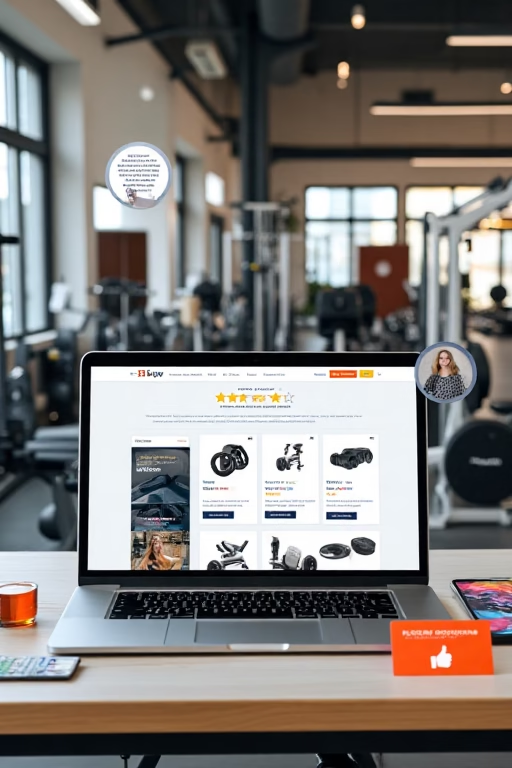
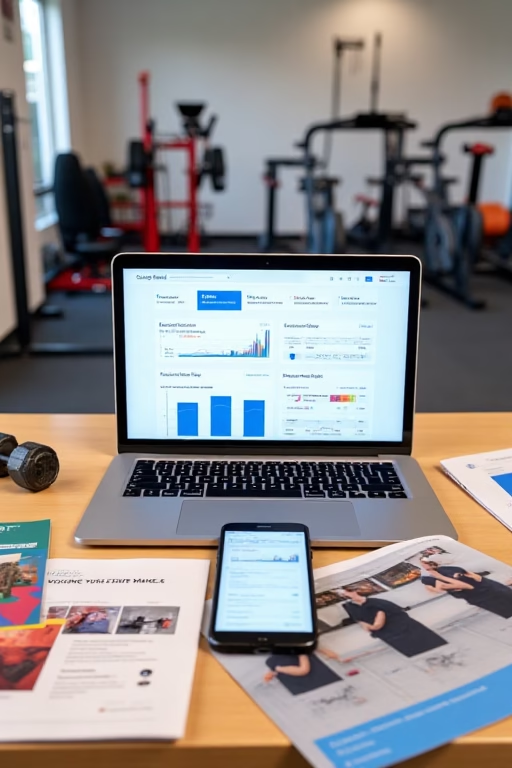
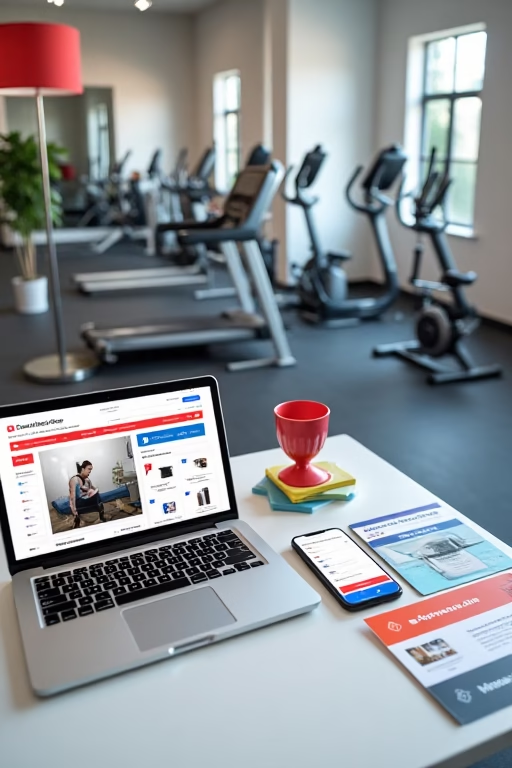
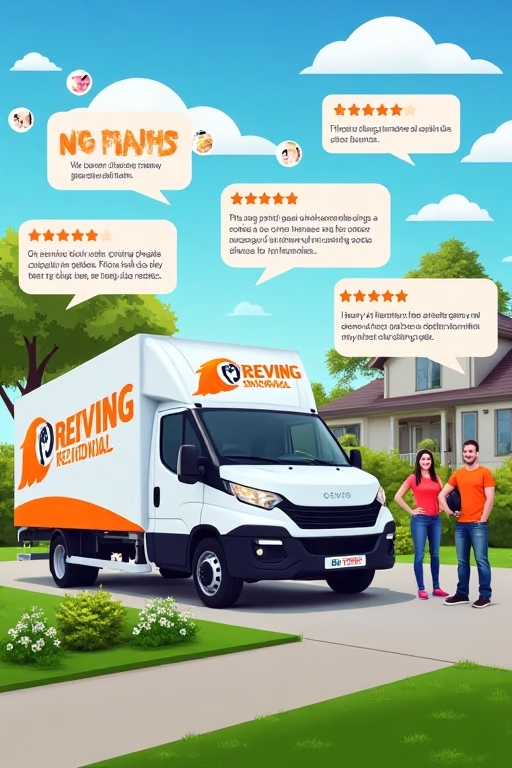
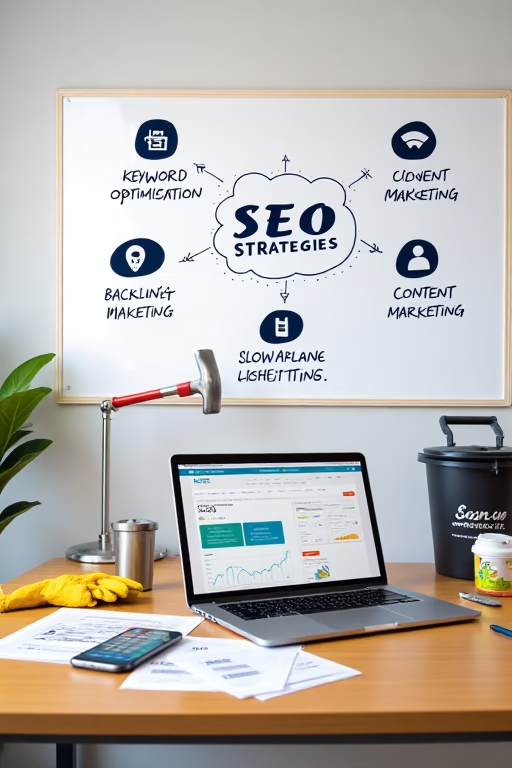
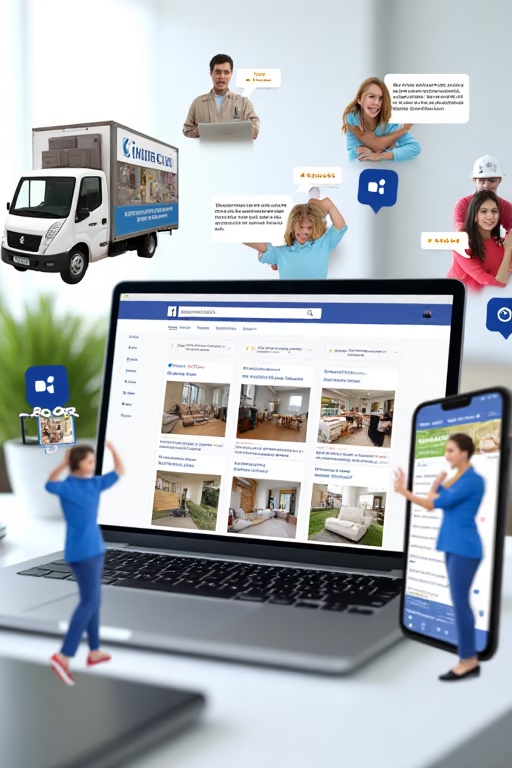
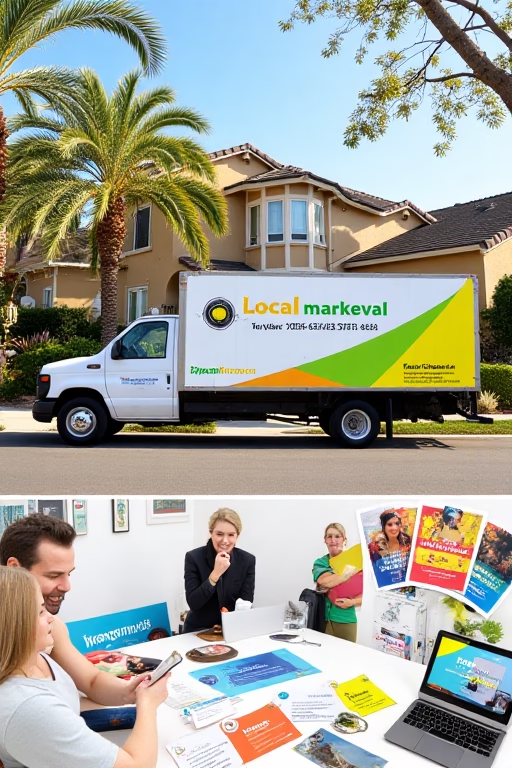
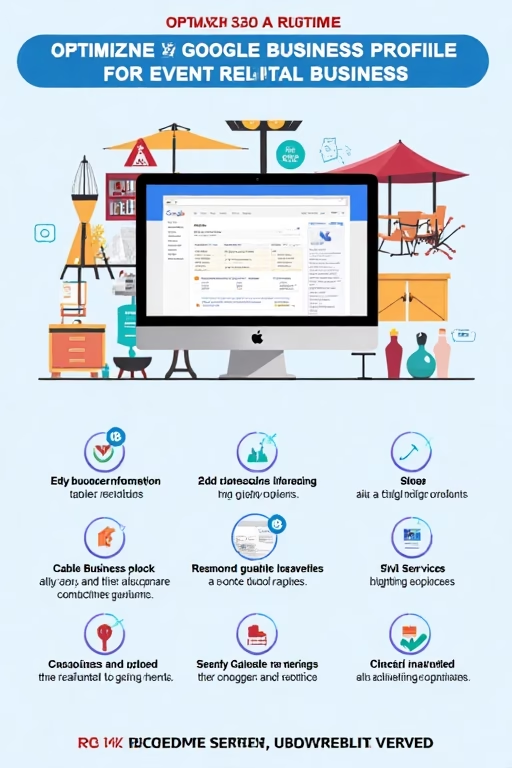



2.1 Social Proof
Social proof refers to the influence that the actions and opinions of others have on an individual's behavior. In the context of junk removal services, positive reviews act as social proof, demonstrating to potential clients that others have had satisfactory experiences with your business.